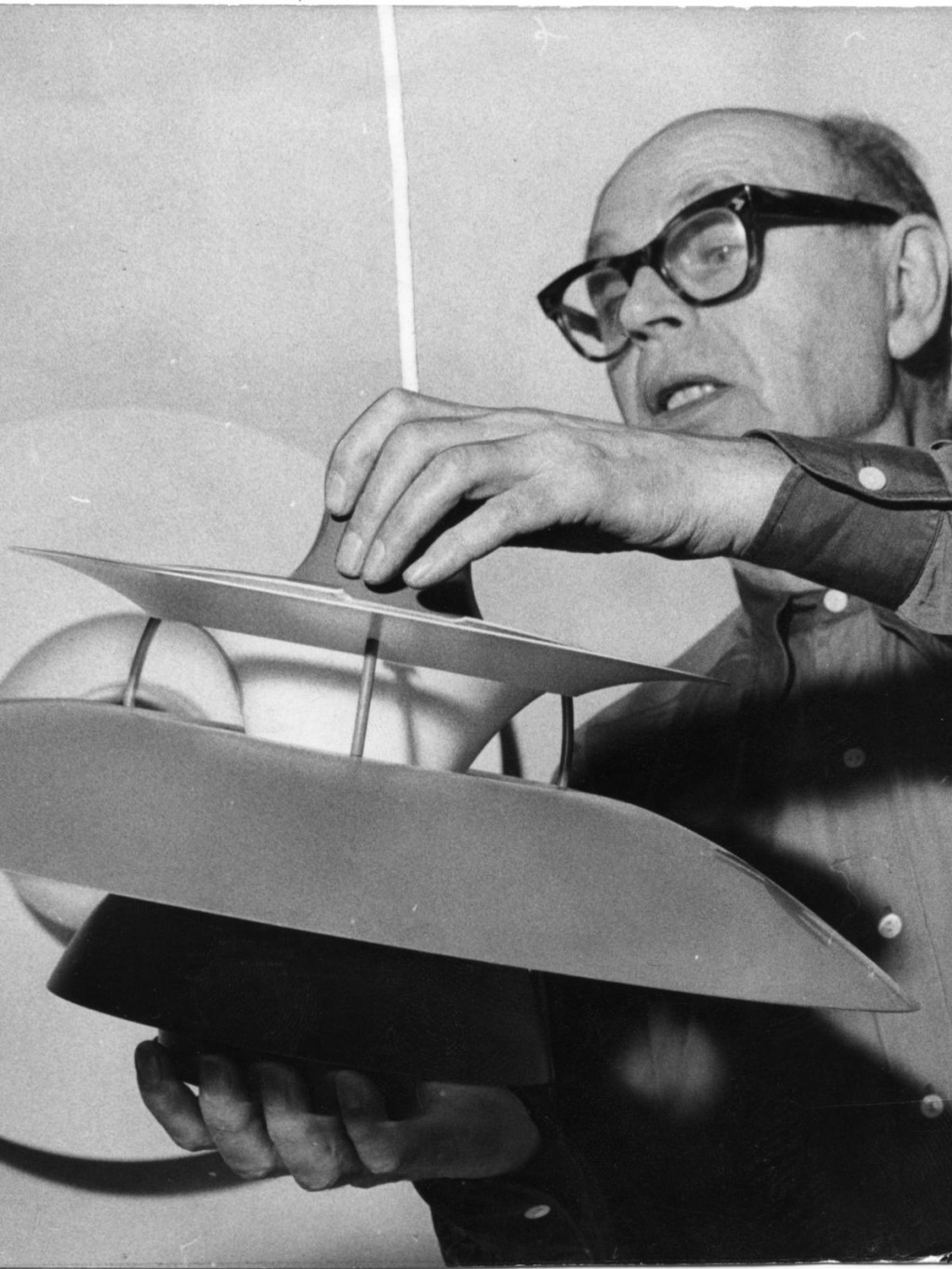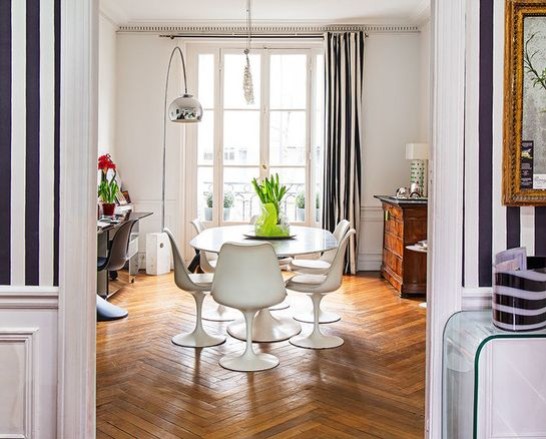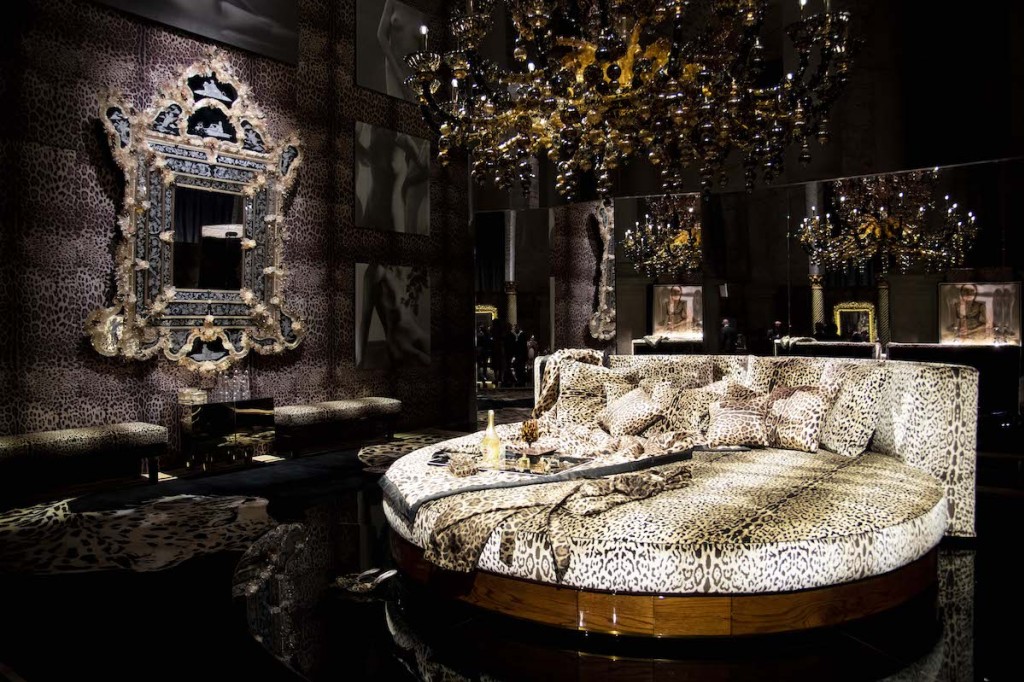L'École nationale supérieure des arts décoratifs (EnsAD), located in the heart of Paris, has for many years been recognized as one of the benchmark schools for training the best visual artists and designers. With a rich tradition and international reputation, it attracts talented students from all over the world who aspire to push back the boundaries of creativity and become key players in the design industry. In this article, we examine why EnsAD is considered a school of choice for training the best designers.

The EnsAD is recognized as a benchmark school for training the best designers due to several key factors. Firstly, the school benefits from an exceptional history and expertise in the decorative arts. Founded in 1766, it has adapted to changes in the design industry over the centuries, while preserving its commitment to artistic excellence and the pursuit of innovation.



This adaptation is reflected in certain decisive choices. In 1962, renowned architect and designer Jacques Adnet, then director of the school, brought in Roger Tallon, considered the father of French industrial design, to create what was to become the 1st industrial design course in France. A few years later, graphic designer Jean Widmer, the famous designer of the Centre Pompidou "logo", brought about a similar upheaval in the teaching of "graphic arts", which were transformed into "visual communication".



The EnsAD offers a stimulating learning environment that encourages freedom of expression and creativity. Students benefit from a balance between theory and practice, exploring various design disciplines, such as graphic design, object design, textile and material design, as well as apparel design. Of the 10 specialties taught in a core curriculum at the start of the academic year, 4 are design-related. This holistic approach to education enables students to develop a deep understanding of design as a whole, while honing their specific skills in their area of interest.

In addition, EnsAD maintains close links with the design industry, offering students numerous opportunities for internships and collaborations with renowned companies. These partnerships enable students to put their skills into practice and develop a solid professional network right from the start of their career. Another strong point: the school relies on a network of eminent professors and recognized experts in the field of design. These teachers play a crucial role in training the school's top designers.

What makes EnsAD so special for an apprentice designer? Surely the opportunity to learn and design at the frontiers of several disciplines, in a school where creativity abounds. Indeed, what school more than two hundred years old can boast of having trained so many different talents at the crossroads of the arts and architecture/design? None other in France... The list of creatives trained at this famous institution is dizzying, both in terms of the names, and the variety of careers embraced, with one thing in common: creativity!
Judge for yourself: Auguste Rodin, one of the fathers of modern sculpture; Henri Matisse, leader of Fauvism and a major artistic figure of the 20th century; architects Eugène Viollet-le-Duc, Charles Garnier and Hector Guimard; designers Marcel Gascoin, Pierre Guariche and Pascal Mourgue ; contemporary visual artists Pierre Huyghe, Annette Messager, Anne and Patrick Poirier, Xavier Veilhan and Camille Henrot; comic strip artist Jacques Tardi; French advertising film director (among others) Jean-Paul Goude; actor, stage director and theater director Jérôme Savary; Chinese-born French fashion designer Yiqing Yi; and more.








